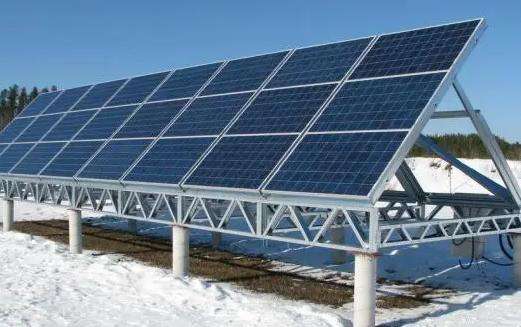High-voltage transmission lines: used to carry high-voltage cables and transmission lines to transmit large amounts of electrical energy.
Grid distribution system: used in distributed power generation systems and used to build grid distribution systems in cities and rural areas to distribute power to each home and business.
Solar power stations and wind farms: used in solar power stations and wind farms to support photovoltaic panels and wind blades and convert them into electrical energy for power supply.
Mine lighting pole: used for mine lighting and mining operations to provide lighting and power support.
Communication tower: used for wireless communication network construction, providing signal transmission and reception functions.
Are the fan blades of large-scale wind power plants on the mountain fixed in one direction or automatically turning with the wind?
1. Use a wrench to tighten the support nut of the generator.
2. Loosen the track screws and push the generator toward the engine. After replacing the belt, push the generator back.
3. Use a crowbar to tighten the generator, first tighten the track screws, and then tighten the support bracket nuts, and the installation is completed.
In order to allow the impeller to naturally align with the wind direction, wind turbines usually use steering devices. For large wind turbines, motor-driven wind direction tracking systems are generally used. The entire yaw system consists of a motor and reduction mechanism, a yaw adjustment system and a twisted cable protection device. The yaw adjustment system includes a wind vane and yaw system adjustment software. The wind vane has a corresponding pulse output signal corresponding to each wind direction. Its yaw direction and yaw angle are determined through the yaw system software, and then the yaw signal is amplified and transmitted to the motor, and the wind turbine platform is rotated through the deceleration mechanism until it is aligned. Until the wind direction.














